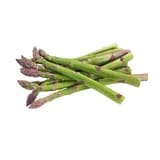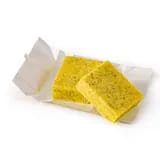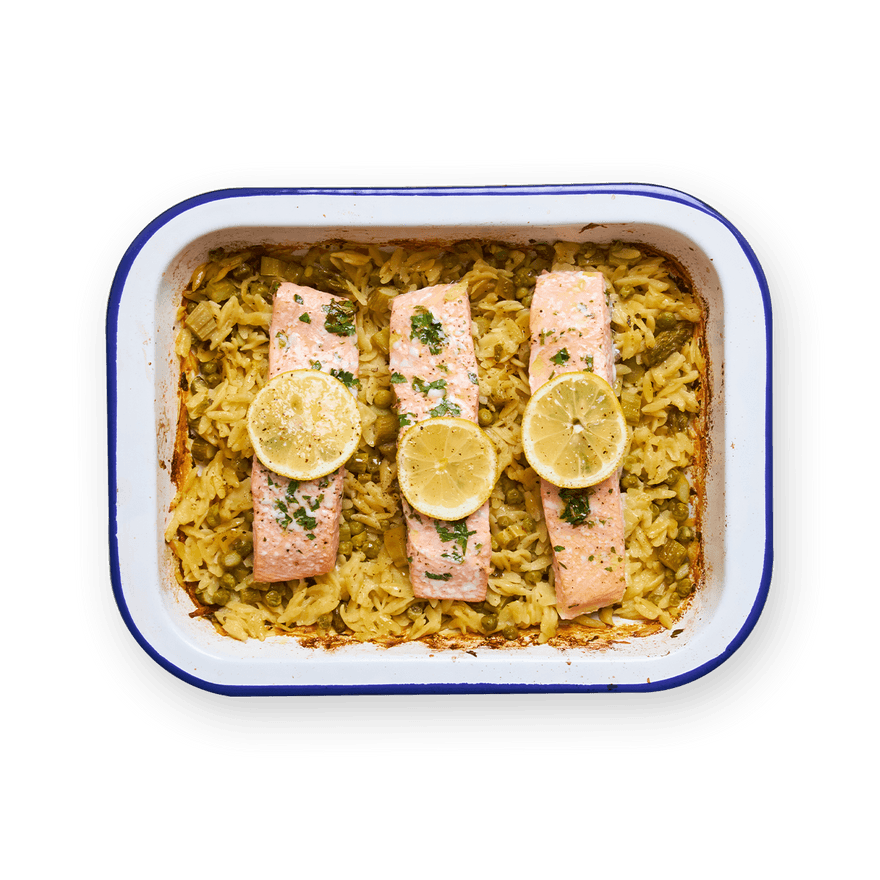One-Pan Salmon with Asparagus & Peas
37 reviewsThe best dishes are sometimes the easiest to make!

Ingredients
Make sure you have...
Utensils
Oven, Baking dish
recipe

Step 1
Preheat the oven to 200°C. Trim the woody bottom of the asparagus, then thinly slice.

Step 2
Clean & roughly chop the parsley.


Step 3
Add a drizzle of olive oil to a baking dish. Add parsley, lemon juice, salt, pepper & mix it all together. Dip the salmon in the sauce to coat on all sides. Chill in the fridge.



Step 4
Add peas, asparagus*, orzo & vegetable broth (about 3/4 cup of water per serving). Mix & cover with parchment paper. Bake in the oven at 200°C for 20 min. *Check out our tips for this step

Step 5
Remove the dish from the oven. Add grated parmesan & mix it all together. Add in the chilled salmon & top with a slice of lemon if you have any left. Return everything to the oven for 15-20 min. It's ready!

Steam your veggies before roasting, for more tender veg.
- Aurélie, Food Editor
Personal notes
Add your own flavor!
Nutrition facts
Average estimated amount for one serving
| Energy | 768 cal. |
| Fat | 27 g |
| Carbohydrates | 74 g |
| Protein | 52 g |
| Fiber | 10 g |
Values are based on an average estimate for one serving. All nutrition information presented on Jow is intended for informational purposes only. If you have any concerns or questions about your health, please consult with a health-care professional.
On average, one serving of the recipe "One-Pan Salmon with Asparagus & Peas" contains 768 Energy, 27 g of Fat, 74 g of Carbohydrates, 52 g of Protein, 10 g of Fiber.
Price per portion
| € | Nos recettes à -2 € par portion |
| €€ | Nos recettes entre 2 € et 4 € par portion |
| €€€ | Nos recettes à +4 € par portion |
Please note, the price above is dependent on your grocer and the available products in the grocery store you chose.
Scores


A Nutri-score
The Nutri-score is an indicator intended for understanding nutritional information. Recipes or products are classified from A to E according to their food composition to promote (fiber, proteins, fruits, vegetables, legumes, etc.) and foods to limit (energy, saturated fatty acids, sugars, salt, etc.).
B Green-score
The Green-score is an indicator representing the environmental impact of food products. The recipes or products are classified from A+ to F. It takes into account several factors on the pollution of air, water, oceans, soil, as well as the impacts on the biosphere. These impacts are studied throughout the product life cycle.
Retrieving reviews...


